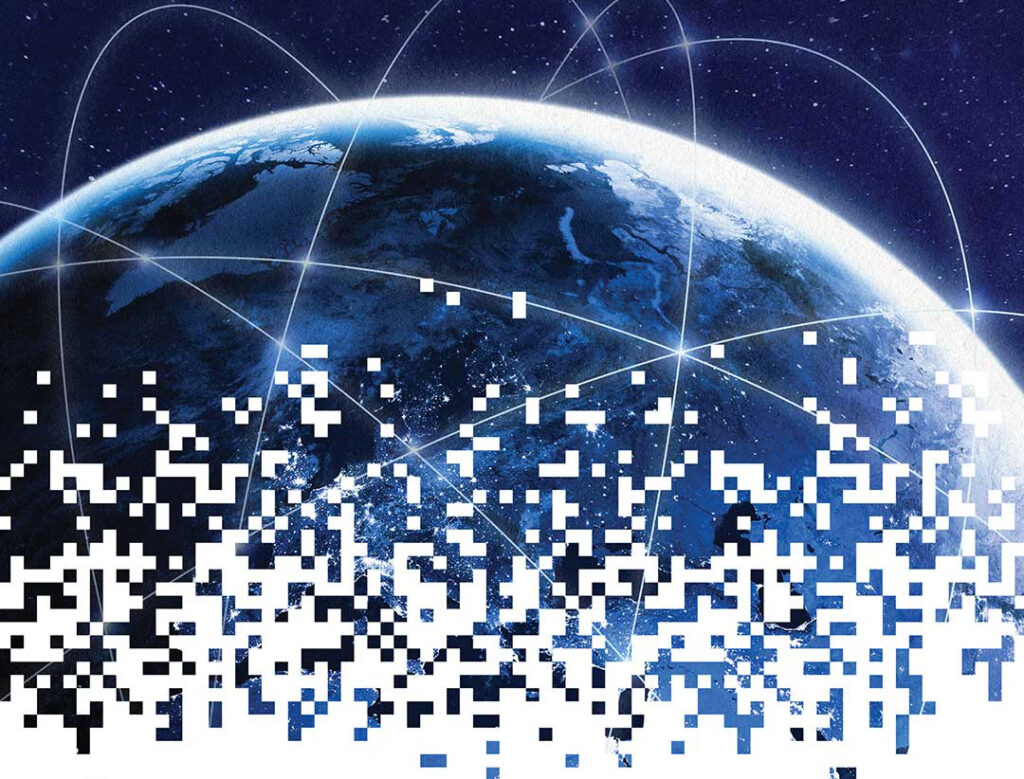MAJ. GEN. MOHAMED SALAHEDIN HASAN ASSISTANT MINISTER OF DEFENCE FOR INTERNATIONAL RELATIONS, MINISTRY OF DEFENCE AND MILITARY PRODUCTION, EGYPT
Warfare, like many other human activities, has been facilitated and governed by technology; that has always played an essential role in the development and transformation of warfare.
For centuries, armies have had to upgrade their capabilities to preserve battle effectiveness. Nevertheless, those who failed to modernize were deemed to lose their advantage in theaters of war. Today, however, this focus on physical equipment has begun to make room for a growing preoccupation with innovative capabilities.
While the 20th century witnessed dramatic changes to war — from the horse-drawn 1910s, through the mechanized 1930s, to the jet-propelled 1940s, to the nuclear age — today’s technology is overshadowing these other eras altogether.
From the earliest times, a critical relationship has existed between military technology and the tactics used to deploy it. The ultimate purpose of military technology has always been success in combat.
In this regard, the technology of war may be divided into five main categories: offensive capabilities (to harm the enemy), defensive capabilities (to ward off the enemy and protect troops), transportation (to move capabilities and weaponry to the operational theater), communications (to control and coordinate the movement of capabilities), and sensors (to detect forces and guide weaponry).
The first two decades of the 21st century have witnessed an explosion in technological advances that have affected cultures, economics and governments around the world. The effect on militaries has been no different. Technological innovations have slowly been modifying the way armies engage with each other. In doing so, they are remapping the boundaries of how conflicts are fought.
What are those new technologies applicable to the battlefield? They are, in short, data, artificial intelligence, increased connectivity and automation. These are the elements that will underpin the digital weapons of the future.
This digital revolution points to a new kind of hypermodern warfare. Artificial intelligence is a good example of this. If an artificial intelligence gadget can read more data in a minute than a human can read in a year, then it is invaluable for militaries.
The onset of digitalization has advanced a new type of warfare. It is defined by hybridity between established and emerging technologies — in other words, the fusion of industrial hardware with new electronic developments. Recent conflicts have accentuated this trend.
Drones can locate targets automatically and destroy them. They are launched at the press of a button at a fraction of the cost of traditional air assets. Some analysts have gone so far as to say that this particular use of drones signals the death of heavily armored tanks, rendering them as obsolete as the cavalry in World War I.
In the maritime domain, Task Force 59 in and around the Red Sea is accomplishing similar innovations on the seas. I can do no better than to quote Vice Adm. Brad Cooper, commander of U.S. Naval Forces Central Command:
“The bottom line on why we are doing this — that is the Task Force 59 — is so that we can develop and integrate unmanned systems and artificial intelligence as a means to do two things: one, to enhance our maritime domain awareness, and two, to increase deterrence.”

